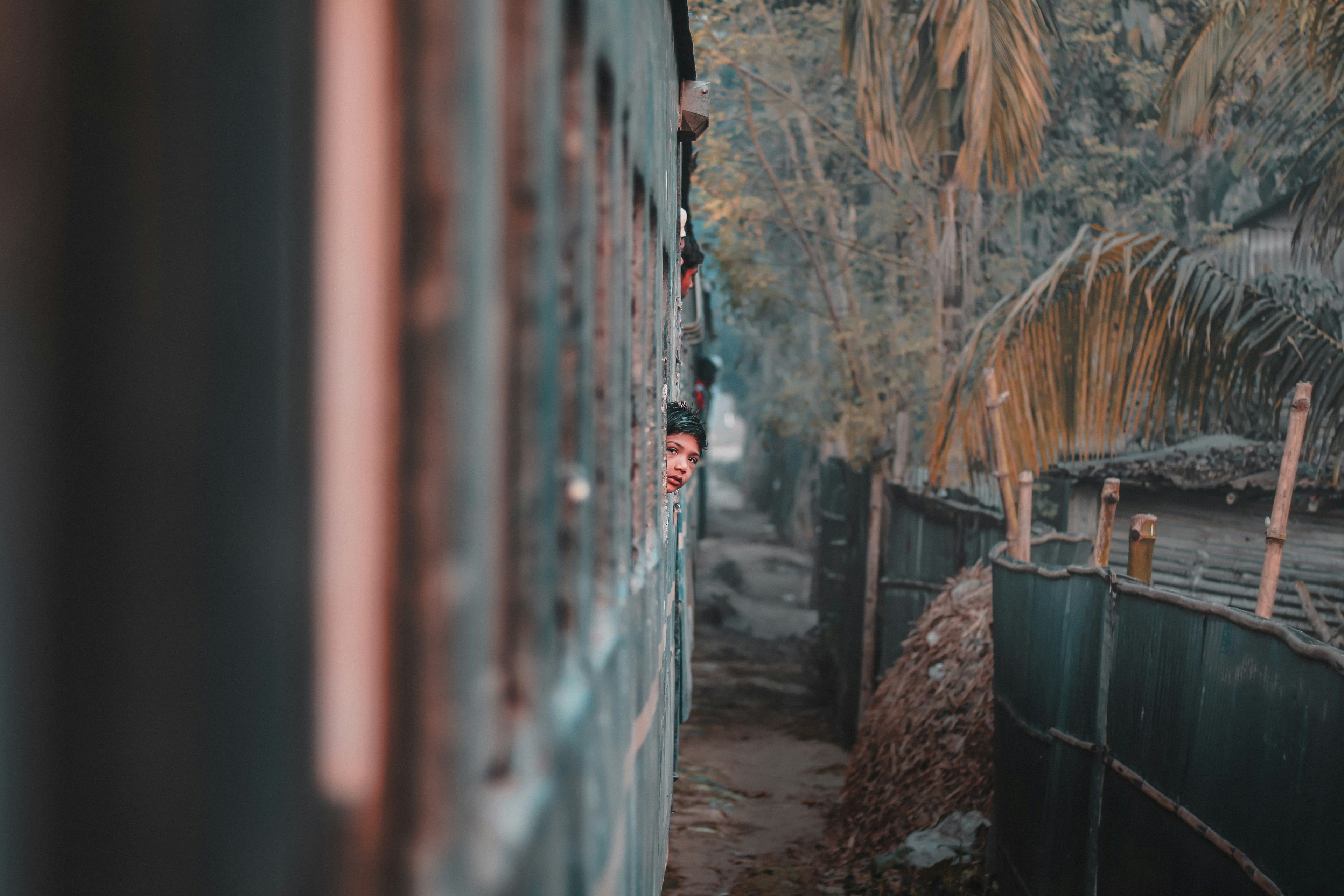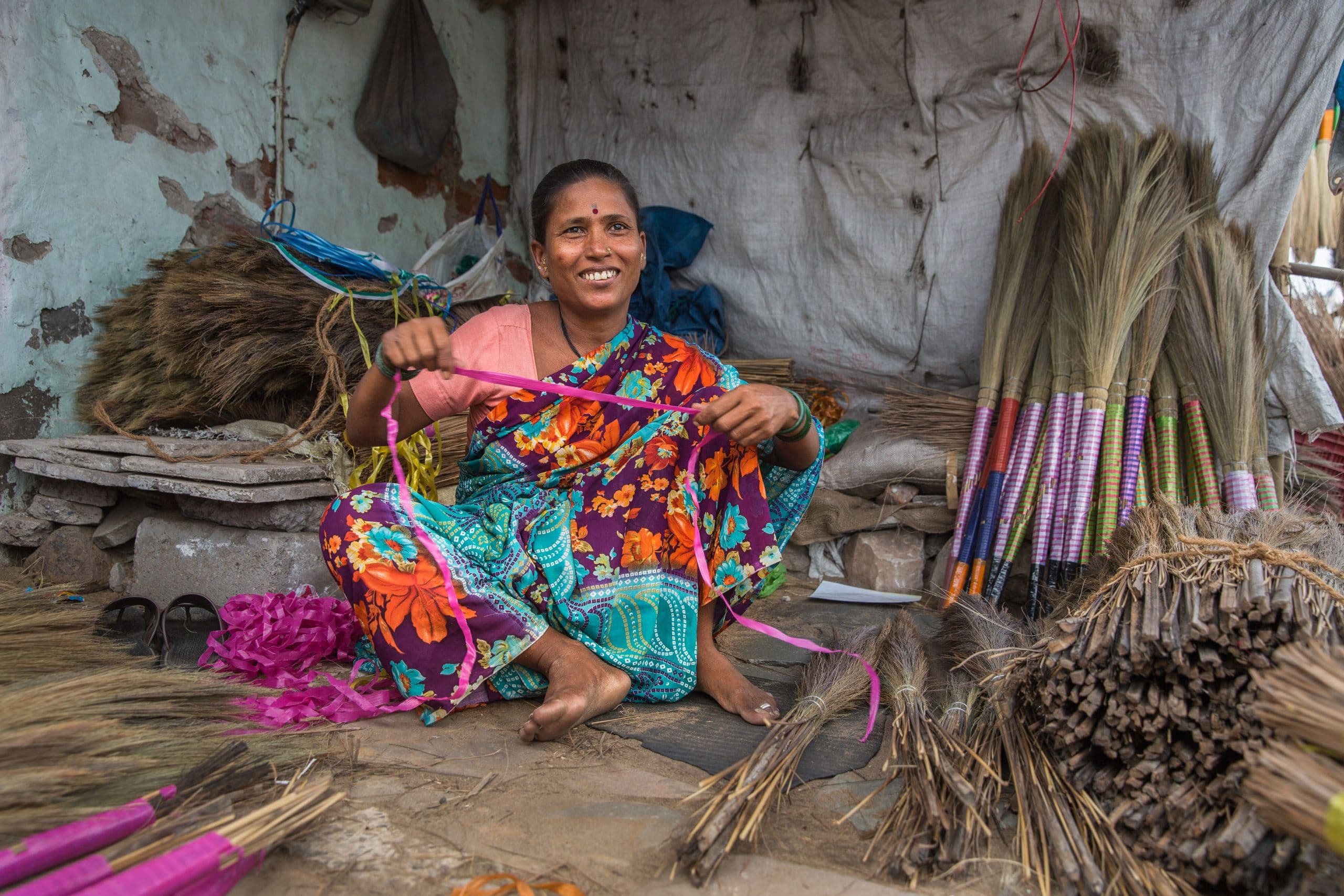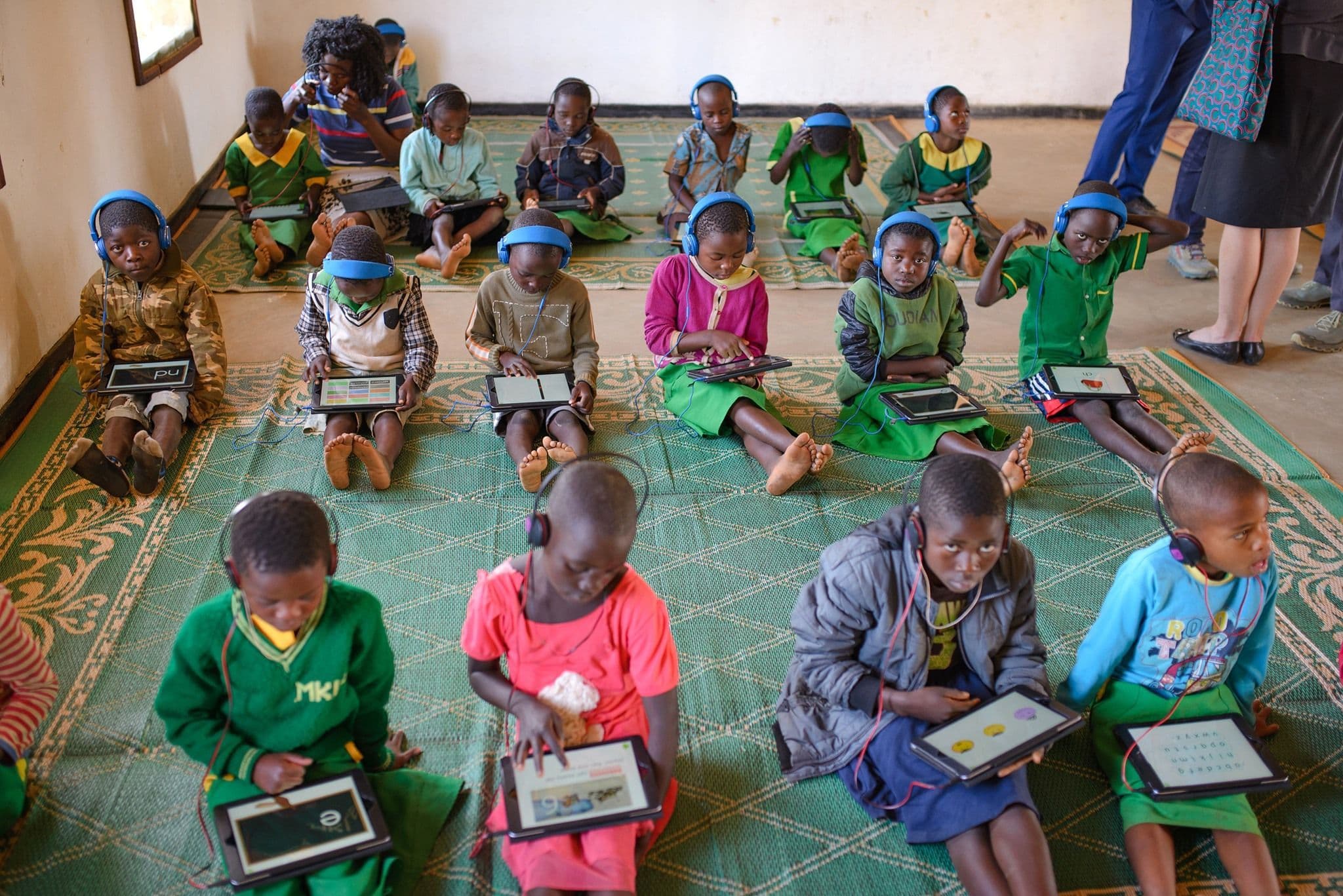
Spotlight on:
Global health & development
Millions of people struggle without food or clean water, die from preventable diseases, and suffer through cycles of corruption, economic upheaval, and political instability. Yet, there are huge opportunities for philanthropy to make a lasting impact.
Moving the needle in 2023
The Founders Pledge community granted $92.9 million in total to charities improving global health and development, including $65.8 million to our high-impact recommendations.
We estimate the grants to our recommendations could:
These estimates are independent of each other, meaning a grant will not be counted for both saving lives and income doublings.

▲ Photo by Kabiur Rahman Riyad on Unsplash.
We identified 12 new high-impact funding opportunities in this area, including:
The Organized Crime and Corruption Reporting Project, powering investigative journalism that fights crime and corruption around the world. A pioneer of cross-border, collaborative investigative journalism, they’re a driving force in recovering stolen assets. They’ve catalyzed the return of over $140M to lower- and middle-income countries, and they estimate their work has led to $10B in fines levied and monies seized.
The Resolve to Save Lives Trans Fat program, driving bans on trans fats globally. Since 2018, they’ve successfully helped enact trans fat regulations which cover over a quarter of the world’s population – including limits in India, Brazil, and Bangladesh. Additional funding would enable them to accelerate the process of eliminating artificial trans fats among the majority of countries which have not yet done so, shaving off an estimated three years and saving over 10,000 additional lives.
Family Empowerment Media (FEM), reducing maternal mortality in Nigeria, where the maternal mortality rate is 83x greater than in higher-income countries. About 5% of women in Nigeria die from pregnancy related causes, sometimes due to inadequate medical knowledge. FEM produces mass media radio shows and ads to educate people about modern contraceptive options and effective usage, family planning, and address common misconceptions. A study showed that contraceptive use increased by roughly 75% among women in Kano state 11 months after FEM ran their pilot program.
The Global Health & Development Fund strengthened its unique role filling gaps in the funding landscape.
21
High-impact charities and projects funded all time
$3,578,512
Contributed all time by Founders Pledge members and the public, including $242K in 2023
$1,890,470
Granted all time to high-impact recipients, including $985K in 2023
We estimate the money granted from the Fund in 2023 is comparable to donating $37.2M in cash directly to those in need.
Interested in learning more? Check out the 2023 Fund Impact Report.
Stories of impact

▲ Photo by Paula Bronstein/Getty Images on Images of Empowerment.

▲ Photo by Hemerson Coelho on Unsplash.

▲ Photo from Taimaka.

▲ Photo from Imagine Worldwide.